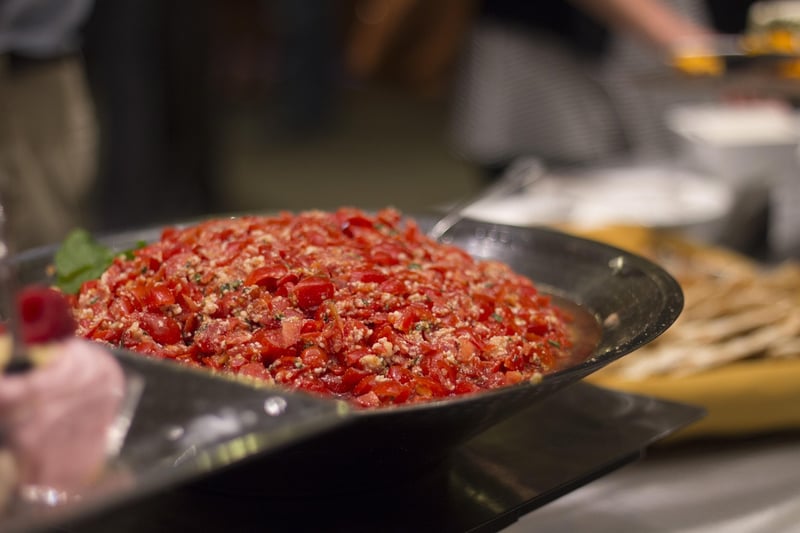Salsa
Exploring the Connection Between Expressive Movement Forms and Salsa Dance
Salsa dance, with its vibrant rhythms and energetic movements, is a form of expressive movement that not only entertains but also connects individuals through music and dance. In this article, we will delve into the relationship between salsa dance and other expressive movement forms, exploring how they intertwine and influence each other.
1. Understanding Expressive Movement Forms
Expressive movement forms encompass a wide range of dance styles that emphasize individual expression, emotion, and creativity through movement. These forms often serve as a medium for self-expression, storytelling, or cultural preservation.
2. The Vibrancy of Salsa Dance
Salsa dance originated in the Caribbean and is known for its lively music and intricate footwork. This partner dance style is characterized by its quick steps, hip movements, and dynamic spins. Salsa is not just a physical activity but a way to communicate and connect with others through movement.
3. The Fusion of Expressive Movement Forms with Salsa
When expressive movement forms intersect with salsa dance, a unique fusion of styles and emotions emerges. Dancers often incorporate elements from other dance forms such as jazz, hip-hop, or ballet into their salsa routines, adding depth and versatility to their performances.
4. Expressing Emotions Through Salsa
One of the key aspects of salsa dance is its ability to convey a wide range of emotions through movement. Dancers use body language, facial expressions, and musicality to express joy, passion, sensuality, or even melancholy, creating a captivating and emotional performance.
5. The Social Aspect of Salsa Dance
In addition to its expressive qualities, salsa dance is also a social activity that brings people together. Salsa clubs and social events provide a platform for dancers to connect, share their love for dance, and build a sense of community through movement and music.
6. Embracing Diversity Through Dance
Through the fusion of expressive movement forms with salsa dance, dancers celebrate diversity and cultural exchange. By incorporating different styles and influences into their routines, dancers create a rich tapestry of movement that reflects the interconnected nature of dance and human expression.
7. Conclusion
Expressive movement forms and salsa dance intertwine to create a dynamic and captivating dance experience that goes beyond simple steps and movements. Through the fusion of styles, emotions, and cultural influences, dancers express themselves, connect with others, and celebrate the diversity of dance.

Whether you are a seasoned dancer or a newcomer to the world of salsa, exploring the connection between expressive movement forms and salsa dance can deepen your appreciation for the art form and inspire you to express yourself through movement.
So, put on your dancing shoes, feel the rhythm of the music, and let your body move to the beat as you immerse yourself in the world of expressive movement forms and salsa dance!
